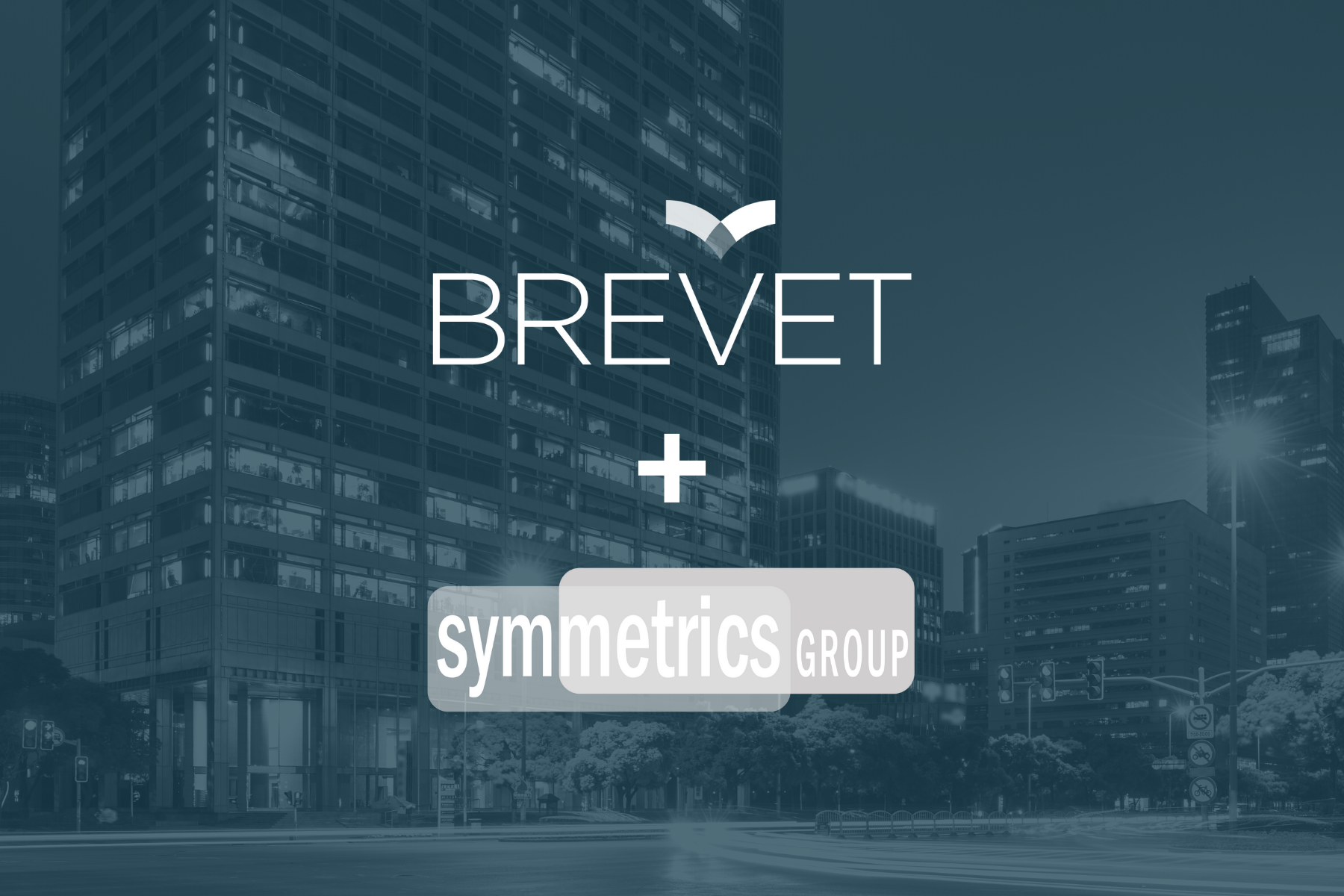Sales Enablement Technology
Are we reaching the peak of the sales technology hype cycle? How can sales leaders make sense of today’s sales tech stack landscape? Are teams truly focused on driving sales productivity with the help of technology?
Nancy Nardin explores these questions every day. As the leading analyst in the space, she has a unique viewpoint on what’s working and what’s not. She recently shared with me this story:
“A sales enablement leader came up to me at a conference, and he was frustrated. He showed me his phone and said, ‘Look at this. We just deployed this really great tool. All the rep has to do is follow these prompted questions about the customer. It’s so easy to use, and it can really help reps understand what allows them to win. But our regional VP took one look and called it a waste of time. This is a good tool! How can it be a waste of time?’”
Nardin’s point is an issue our consultants see regularly: sales enablement picks a great new tech tool, but at the last minute, a sales leader stops the rollout. In the case of her story, the VP couldn't see how it addressed a priority sales problem. “That VP had bigger fish to fry,” said Nancy, “and bigger problems to solve. He was looking for technology that would impact revenue more quickly.”
She’s exactly right.
There are so many great sales enablement technology tools out there. But too many of us are guilty of “shiny object syndrome” – we’re excited about the technology, but aren’t disciplined in thinking through how it might drive sales productivity.
Sales enablement leaders need a clear view of what their reps need and how a technology can address the problem. Ask, what can our teams do now compared to what they need to do? “For instance,” says Nardin, “Can they quickly find the right content for a specific product or prospect or persona? If they can't, then it's a pretty big problem.”
The solution to “shiny object syndrome” is simple:
1. Build a strategy and a budget that fully integrates the sales enablement technology. Sales enablement leaders need to plan and be proactive. Your sales tech can’t be an afterthought or a bolt on. Strong planning helps manage the lure of the new cool tools that may or may not actually help drive revenue. If a particular technology doesn’t fit into the larger growth strategy, it’s just something to be admired – from afar.
2. Make someone accountable. One of the main problems with “shiny object syndrome” is that companies typically don't have a chartered resource for figuring out how to use technology as a strategic differentiator. Corporate sales teams are increasingly sophisticated, with dedicated roles (and often entire teams) focused on analytics, incentives, onboarding, and CRM. But what about a director of revenue technology?
“Until we solve this problem of an accountable resource, it's going to be ad hoc,” says Nardin. “Pretty soon, you've got 20 different solutions in different pockets of the organization, only four of which are being used.” This accountable business owner should also ensure smooth connection between any sales technology and the growing suite of marketing technologies.
3. Define the metrics, and make sure they’re ones that matter to the CSO and CEO. Times may be good and budget dollars might be flowing freely. But sooner or later, you will be asked about the ROI of your sales technology. New SaaS pricing models can make contracting tech solutions much easier than in the past. And it can be tempting to skip over the step of define clear metrics for measuring success.
Lazy sales enablement leaders default to ‘adoption’ as the focal metric. Make the effort to map out how any new technology links to leading and lagging sales productivity indicators. What are your near-, mid- and long-term metrics of success?
If a sales enablement technology supports the strategy and addresses a priority need, it’s time to commit the resources, define the metrics, and set the accountability to make sure it sticks.
The world of sales is constantly evolving and so is the sales enablement tech stack. To learn how sales enablement can help sales teams adapt using the right tools, methodology, and change management, contact us.
This blog is based on a recent podcast conversation with Nancy Nardin. Listen to the full podcast on Sales Enablement Radio.
About The Author
 Researcher, consultant, and sales leader, Brian uses a data-driven approach to drive sales effectiveness. His clients include leading sales organizations in financial services, technology, healthcare, and professional services. Using insight from academics and change management, Brian helps senior leaders and sales enablement teams understand and succeed in today’s more demanding market. His research has been published in Harvard Business Review and other outlets.
Researcher, consultant, and sales leader, Brian uses a data-driven approach to drive sales effectiveness. His clients include leading sales organizations in financial services, technology, healthcare, and professional services. Using insight from academics and change management, Brian helps senior leaders and sales enablement teams understand and succeed in today’s more demanding market. His research has been published in Harvard Business Review and other outlets.


.jpg)

